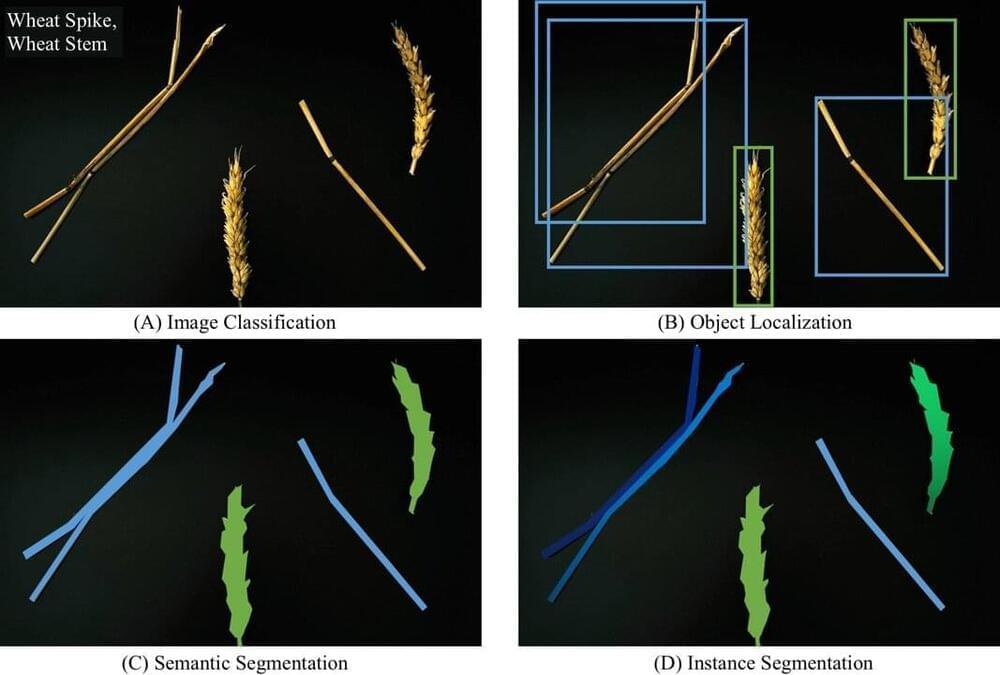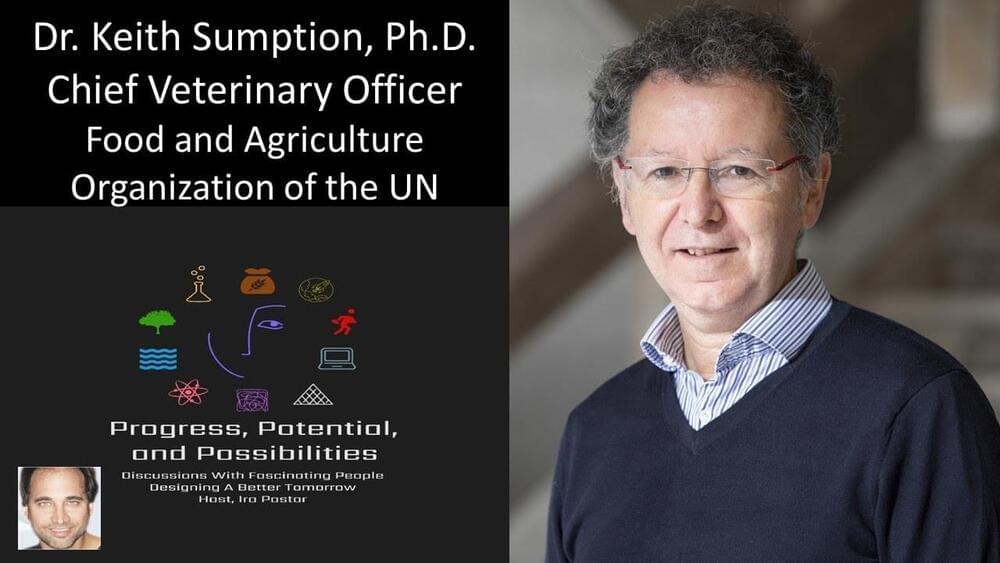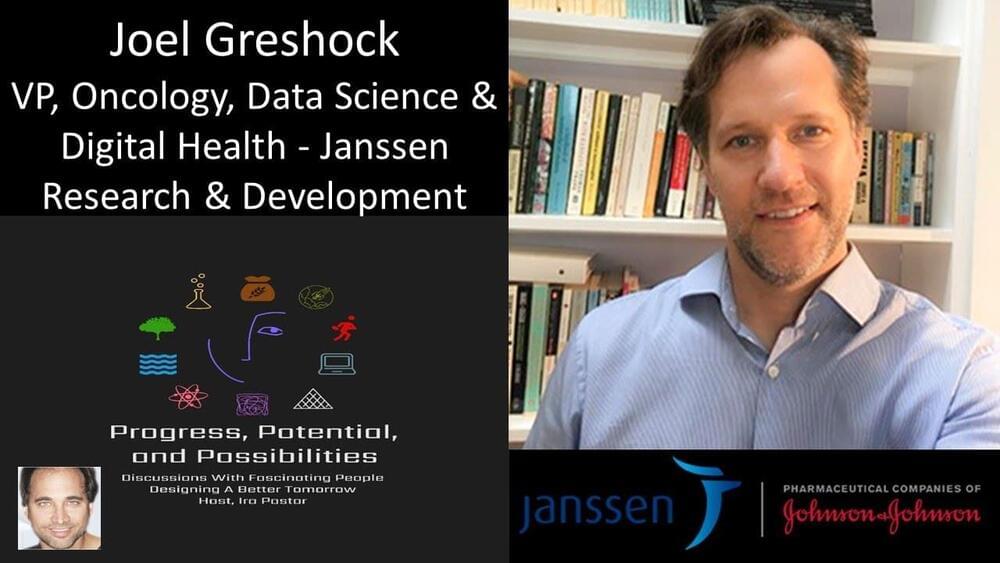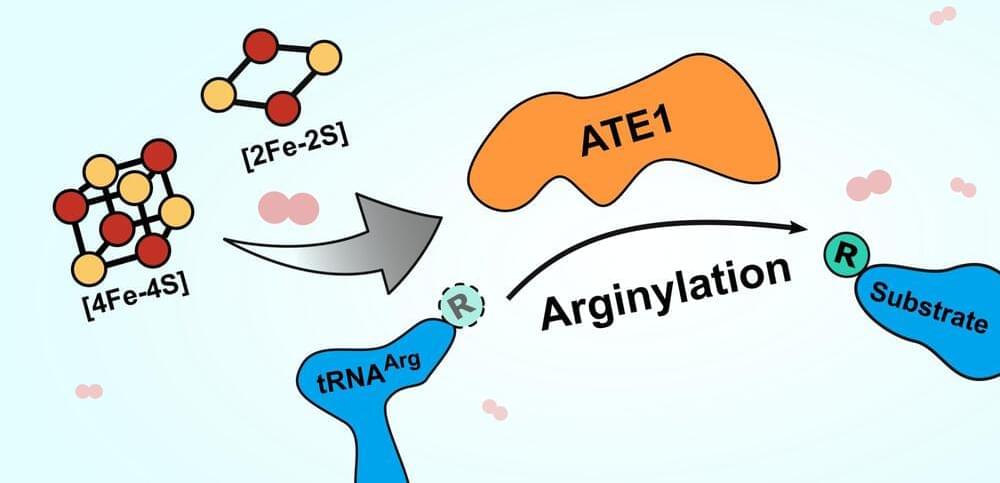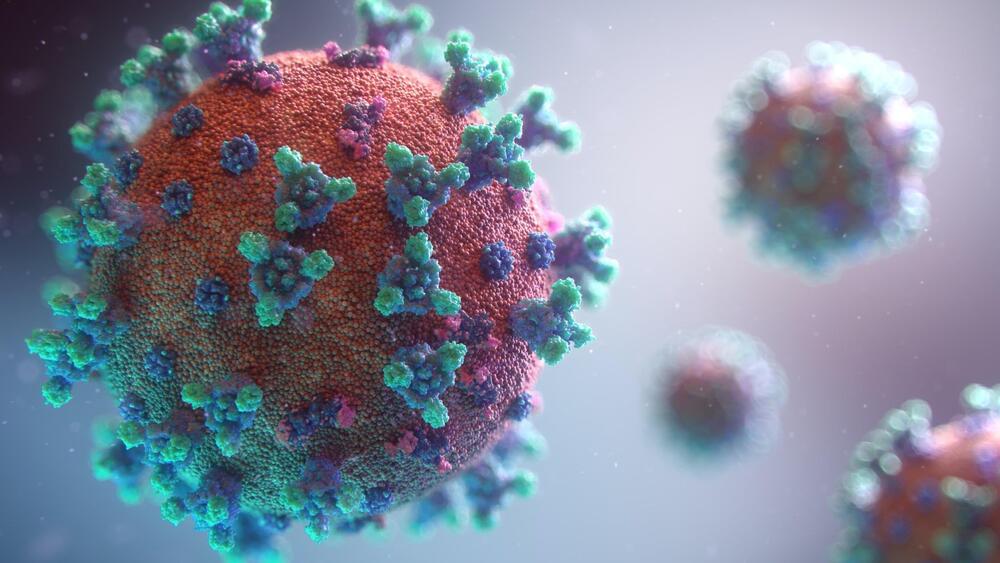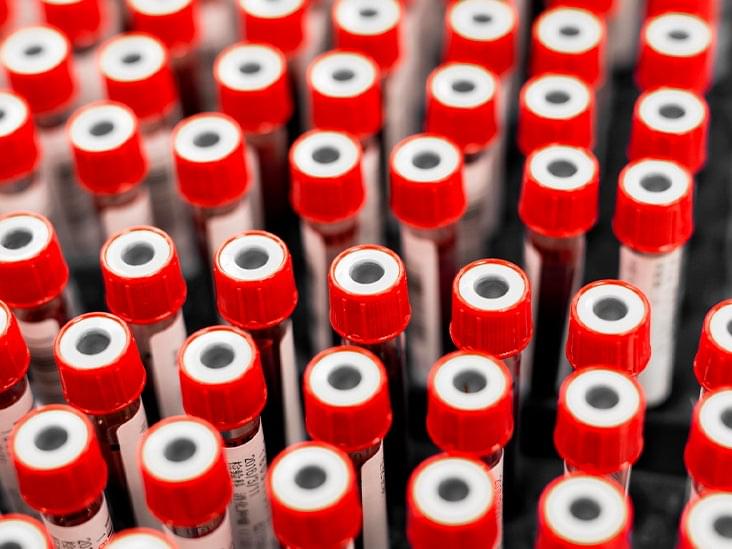Mar 15, 2023
Could AI-powered object recognition technology help solve wheat disease?
Posted by Dan Breeden in categories: bioengineering, biotech/medical, economics, health
A new University of Illinois project is using advanced object recognition technology to keep toxin-contaminated wheat kernels out of the food supply and to help researchers make wheat more resistant to fusarium head blight, or scab disease, the crop’s top nemesis.
“Fusarium head blight causes a lot of economic losses in wheat, and the associated toxin, deoxynivalenol (DON), can cause issues for human and animal health. The disease has been a big deterrent for people growing wheat in the Eastern U.S. because they could grow a perfectly nice crop, and then take it to the elevator only to have it get docked or rejected. That’s been painful for people. So it’s a big priority to try to increase resistance and reduce DON risk as much as possible,” says Jessica Rutkoski, assistant professor in the Department of Crop Sciences, part of the College of Agricultural, Consumer and Environmental Sciences (ACES) at Illinois. Rutkoski is a co-author on the new paper in the Plant Phenome Journal.
Increasing resistance to any crop disease traditionally means growing a lot of genotypes of the crop, infecting them with the disease, and looking for symptoms. The process, known in plant breeding as phenotyping, is successful when it identifies resistant genotypes that don’t develop symptoms, or less severe symptoms. When that happens, researchers try to identify the genes related to disease resistance and then put those genes in high-performing hybrids of the crop.
